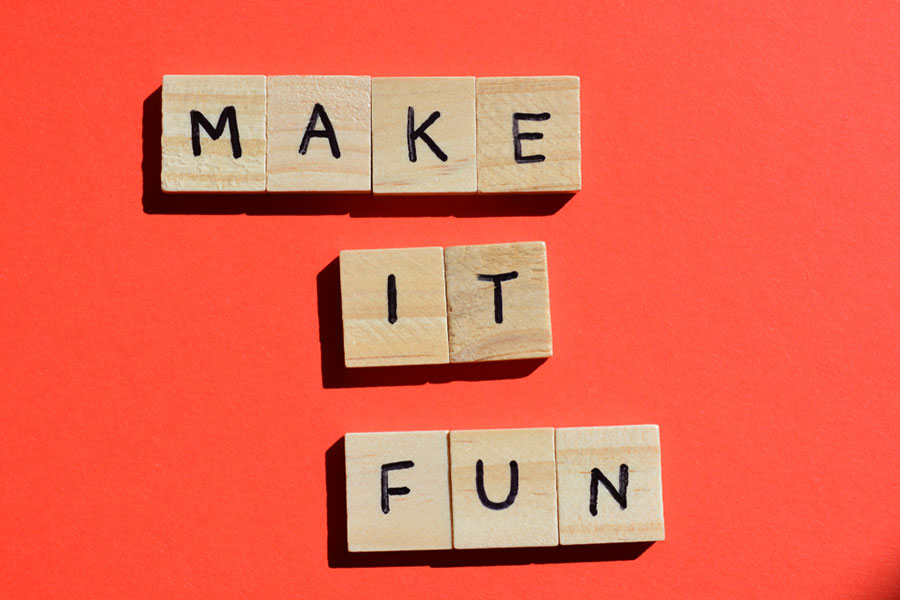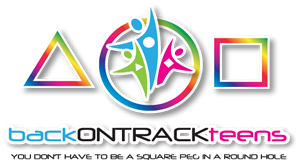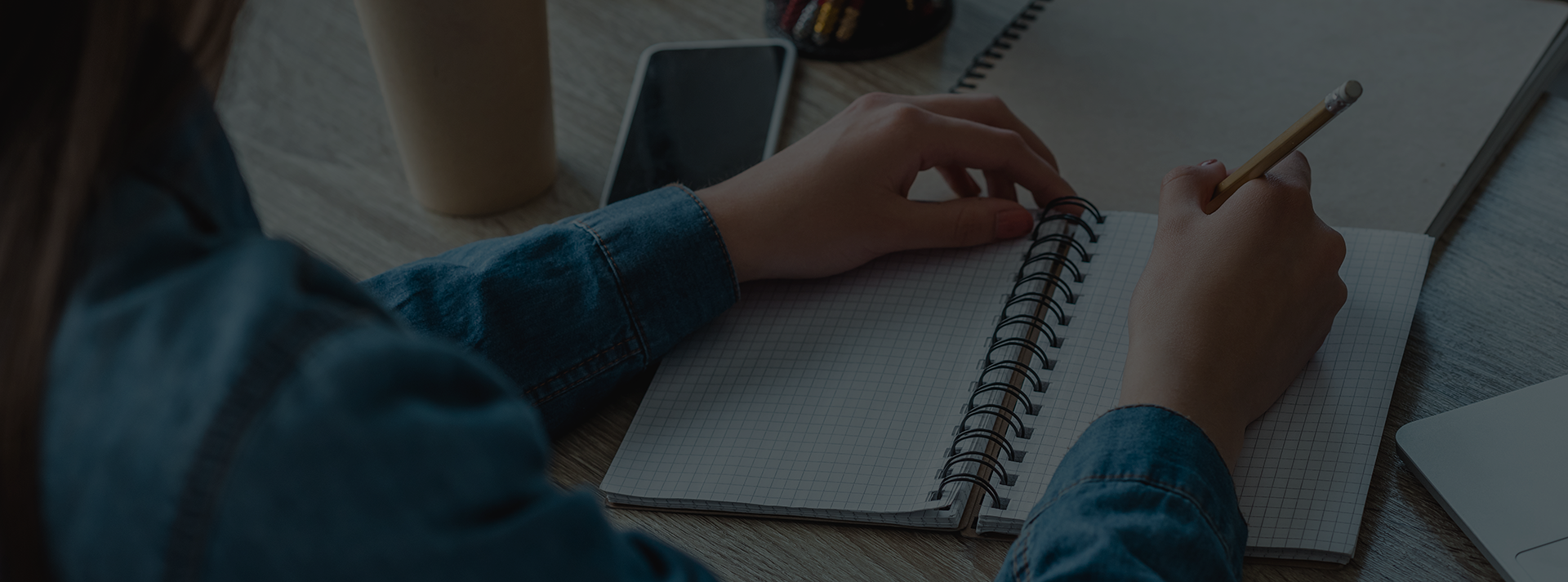
11 Jan Resilience and adolescent development – stay in your inner circle
I started 2021 talking about resilience. How important is this topic now that schools are once again closed? Thousands of businesses have been forced to close and billions of people are in a third lockdown.
I want to stick with the topic this week and expand a little on building resilience and adolescent development by sharing a few resources for you to use on a practical level.
Meaning-making machines
We are all ‘meaning-making machines’. You, me, everybody. The meanings we give to situations now are based on our interpretation of past experiences, memories, influences, people etc. But the meaning we give doesn’t make it true. You have a choice about the meaning you give and the subsequent feeling, emotion and action that determines.
You have the power to make good and positive decisions about EVERYTHING. Even if events happen that you can’t directly control, such as a pandemic!
It takes practice, so let’s explore how you can recognise what you can and can’t control to enable you to be responsible for the world you create inside.
“Use pain as a stepping stone, not a camp ground” Alan Cohen
Become the master of teen resilience
How incredible would it be if you became a teen with purpose versus someone who gets kicked around by circumstance? Turn your challenges into triumphs for teens! Wow, I like the sound of that, don’t you?
First of all, let’s look at the concept of ‘the circles of influence.’
I came across this many years ago when studying the work of Stephen Covey in the ‘7 Habits of Highly Effective People’. In fact, I’m an accredited trainer for the ‘7 Habits of Highly Effective Teens’, the work of his son, Sean Covey. These are great books and I highly recommend them.
Think about this…
If there were two types of pole, which one have you been climbing?
- The reactive pole – climbing or at the top of this pole, you will feel out of control. When things happen to you, you say ‘it’s not my fault, she made me feel this way, he did this to me, there’s nothing I can do about anything, it’s the teacher’s fault’ etc.
- The proactive pole – when climbing this pole, you take responsibility for what you feel, how you show up to the world and how you handle a challenge or situation?
Which type of person would you rather be around? The person hanging onto the reactive pole or the person ascending the proactive pole?
This is a great question because the person climbing the proactive pole is always the answer. And this is how you should act. This is how you attract other people around you who are like you. Does this make sense?
“It is being honest about my pain that makes me invincible.” Nayyirah Waheed
Are you reactive or proactive?
Every day you have dozens of opportunities when you can choose to be proactive or reactive.
If you had planned to go for a walk but then it rains would you choose to be reactive and say ‘no it’s too wet and miserable now’ or would you be proactive and fish out your umbrella, waterproofs and wellies? You’ll have fun splashing in the puddles!
Proactive people stop and think before they react. They recognise what they can’t control – the outside world, the sudden rain downpour – and what they can – their inside world and how they choose to respond.
“Students must have initiative; they should not be mere imitators. They must learn to think and act for themselves – and be free.” Cesar Chavez

Building resilience in the real world
Let’s consider a real-life situation.
You’re scrolling through the feed on your favourite social media platform and you spot a photo published by a friend. You’re in the photo but you don’t look good (that’s only your opinion by the way) and you hate it! Your reactive choices are:
- To feel the anger or hurt (whatever negative emotion consumes you at the time) and call your friend, give them a bit of a rollicking, asking them how they could do that to you and that they have humiliated you!
- Vow to never speak to your friend again. Maybe even disown them as a friend!
- Spend the rest of the week feeling depressed and stressing over the photo, imagining all the things people will be saying about how terrible you look in the photo.
- Find a terrible photo (or at least that’s what you think) of your friend and publish online – see how they feel!
The choices above are quick, reactive responses that haven’t been thought through, plus the options are based on your opinion, which isn’t necessarily the true.
Think about the situation again from a proactive point of view. Your choices now are:
- To forgive your friend for not noticing it wasn’t a great picture of you. They were most likely excited to add the photo because it had a great memory of the experience attached to it.
- Give your friend a call and calmly explain that you know it wasn’t their intention but you feel it’s a really bad photo of you and is there any chance they could change it (please).
- Ignore it or like it. No-one else probably noticed anyway and it will soon be forgotten as more photos will have been posted by the end of the day.
When reactive phrases such as ‘you make me angry’, ‘it’s your fault my day has been ruined’, ‘if the weather wasn’t so bad I wouldn’t be trapped inside’, or ‘this pandemic is ruining my education’ and so on, what you are actually saying is that you are not in control of your own happiness, emotions and learning etc.
If this is what you believe it’s like you are saying to other people ‘here’s the remote control to my life, take it and change how I feel, I am in your control!’
Proactive words and phrases ensure that only your hand is on your remote control. You get to choose how you experience life and your emotions. Does that make sense?
“The future does not belong to the light-hearted. It belongs to the brave.” Ronald Reagan
Build resilience by being proactive
When you are proactive you focus on what you can do about a situation rather than blaming others, giving in and feeling helpless or depressed. The more you focus on proactive choices the more you will feel in control and this will build your resilience.
Imagine having two circles with one inside the other. The outside circle is the one where you have no control. This is where events in the external world such as a pandemic happen. The inner circle is where you have control. This circle needs to be proactive.
Exercise: The circle of control for resilience and adolescent development
To illustrate the above point more effectively, draw the two circles on a piece of paper.
In the outside circle, write examples of what you have no control over. Some examples could include:
- The weather
- The Covid-19 pandemic
- School opening
- Your parents
- Past mistakes
- Where you live
- How tall you are
In the inner circle, write examples of what you can control. Jot down your own thoughts and use the following as inspiration:
- How you feel
- Your attitude
- Your decisions
- Your choices
- Your responses
- What you watch, listen to or read
- Who you are friends with
A note of caution. Trying to control your outer circle will leave you feeling exhausted. This is when you can feel the effects of stress, worry, anxiety, sadness, anger and even depression if you let things consume you without offering resistance. Is that how you want to experience life?
Concentrate on your inner circle, your circle of influence, to experience more calmness, happiness, control and certainty in life. Feel in flow.
Practice the letting go of what is out of your control, it’s an extremely valuable skill to nurture. Build your toolkit for resilience and adolescent development.
“It makes no sense to worry about things you have no control over because there’s nothing you can do about them, and why worry about things you do control? The activity of worrying keeps you immobilised.” Wayne Dyer
Choose the life you want to lead
A great way to aid that is through mindfulness and or meditation because they are such powerful tools for building resilience in children, young people and teens.
We’re going to revisit mindfulness and meditation using a slightly different approach in next week’s blog, so please do join me to discover the huge benefits and learn practical tips about how to meditate.
Share your thoughts on social media:
I’m excited about next week already!


No Comments